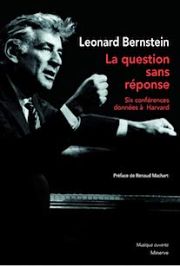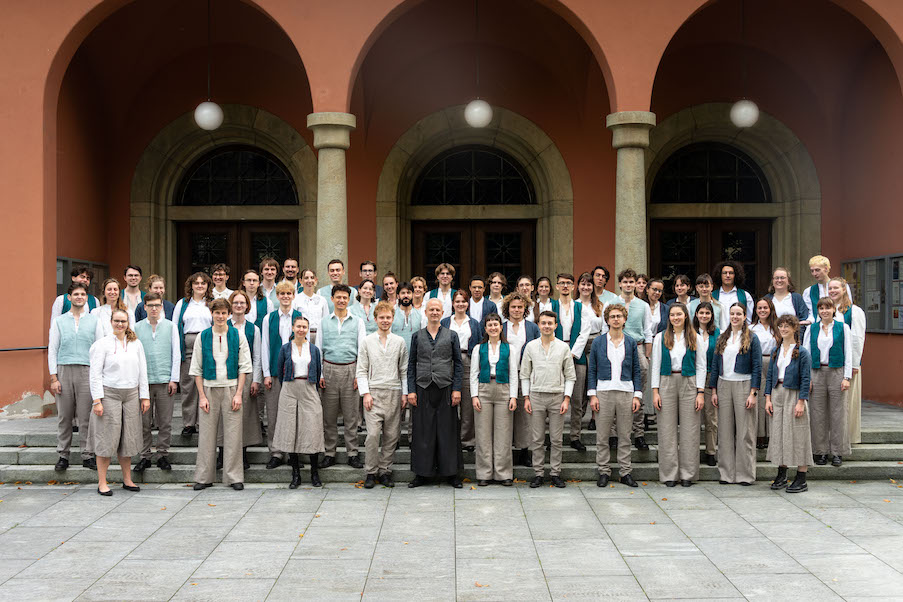The structures of musical language
Last year, to mark the centenary of Leonard Bernstein's birth, Editions Minerve published a new translation by Odile Demange of the transcriptions of six lectures given in October and November 1973 as part of the "Norton Lectures" at Harvard University, published under the title borrowed from Ives' famous orchestral piece, "La question sans réponse".

An excellent pedagogue, the conductor and composer outlines his research into an innate universal musical grammar, inspired in part by the generative and transformational grammar of one of the pioneers of psycholinguistics, Noam Chomsky. With a keen sense of popularization and communicative passion, Bernstein explores phonology (sounds), syntax (concrete structures) and semantics (musical and extra-musical meaning), and attempts to determine the deeper structures of musical language, drawing on numerous examples and in-depth analysis of passages from famous scores. Among the key factors he identifies are repetition and its complement, transformation (by deletion, association, permutation, embedding or any other form of variation); ambiguity, which lends interest to music, whether through chromaticism, structural asymmetry or the tension between atonality and tonality; metaphors and other figures of speech such as alliteration, anaphora, antithesis or chiasmus. Even if, in conclusion, Bernstein foresees a synthesis in which all styles and techniques can nourish and enrich each other, as an outline of an answer to the question that underlies the book: "Where is music going? "It is regrettable that the last two lectures indulge in dualism, dealing only with the Schoenberg school on the one hand, and Stravinsky and neoclassicism (supposed to save music from subjective expression) on the other, neglecting the many other paths taken by 20th-century composers. This in no way detracts from the merits of this brief introduction to the signifier and signified of music, especially as it is primarily intended to suggest avenues to stimulate further reflection.
Leonard Bernstein: The Unanswered Question. Six lectures given at Harvard, 312 p., € 25.00, Editions Minerve, Paris 2018, ISBN 978-2-86931-151-0









